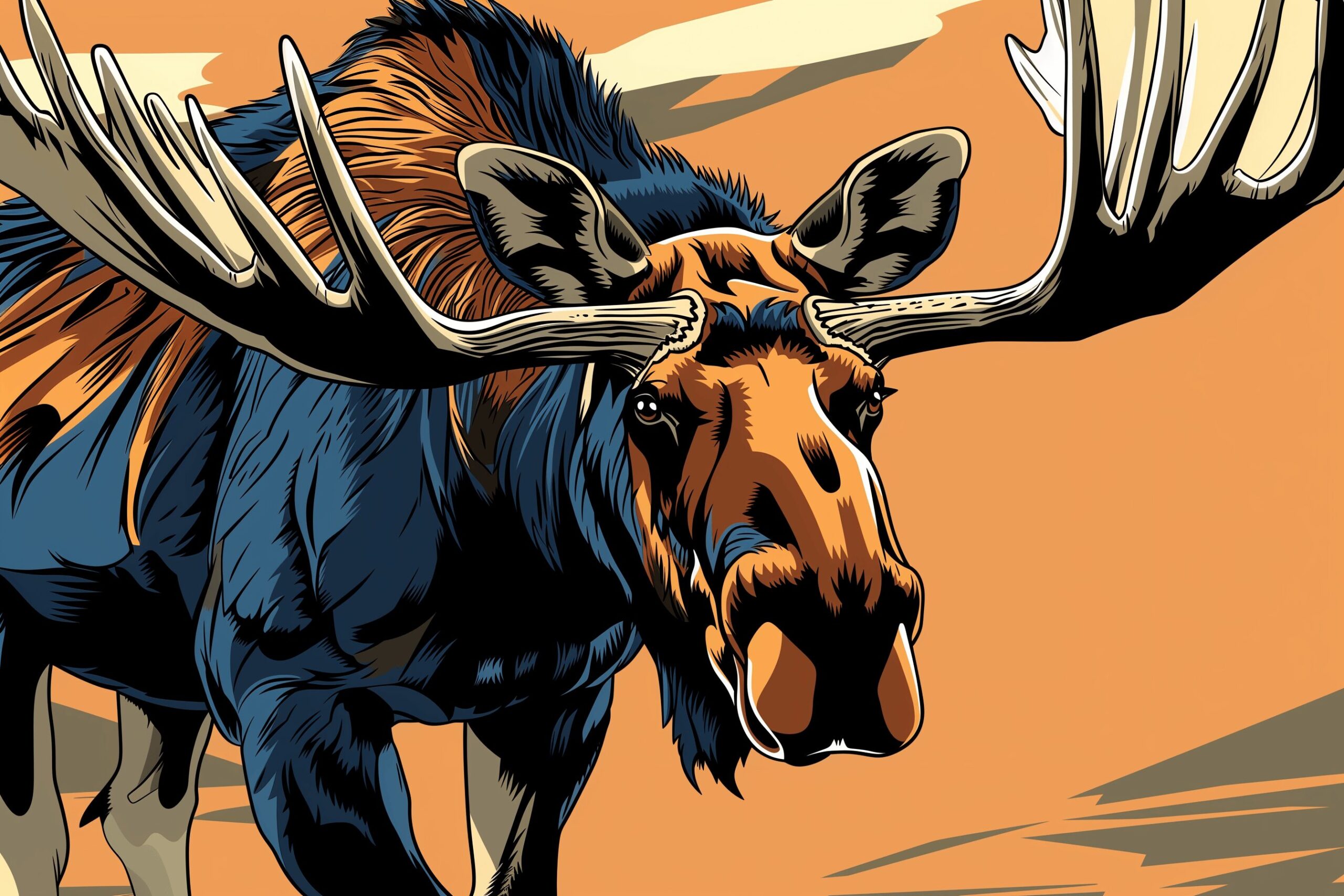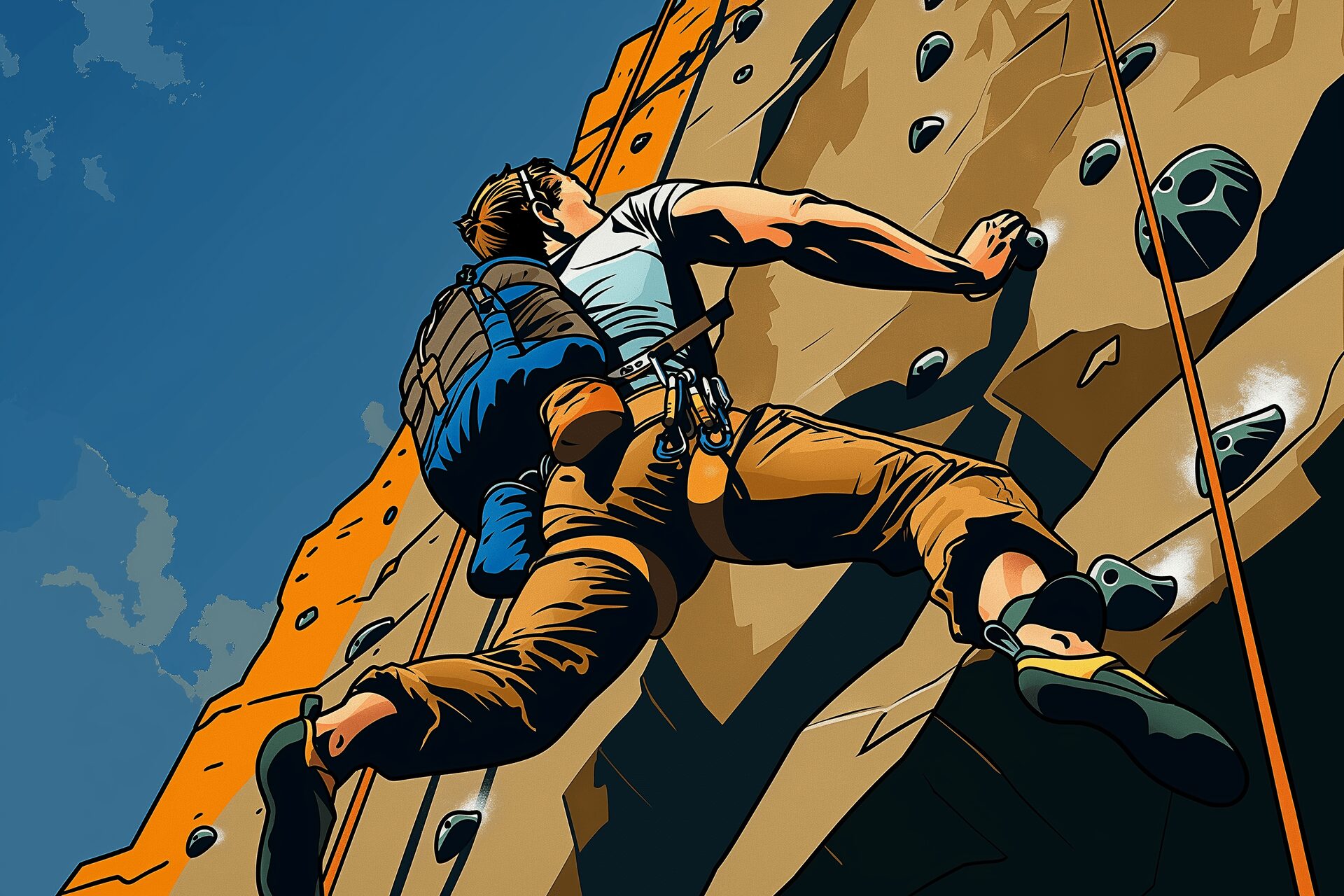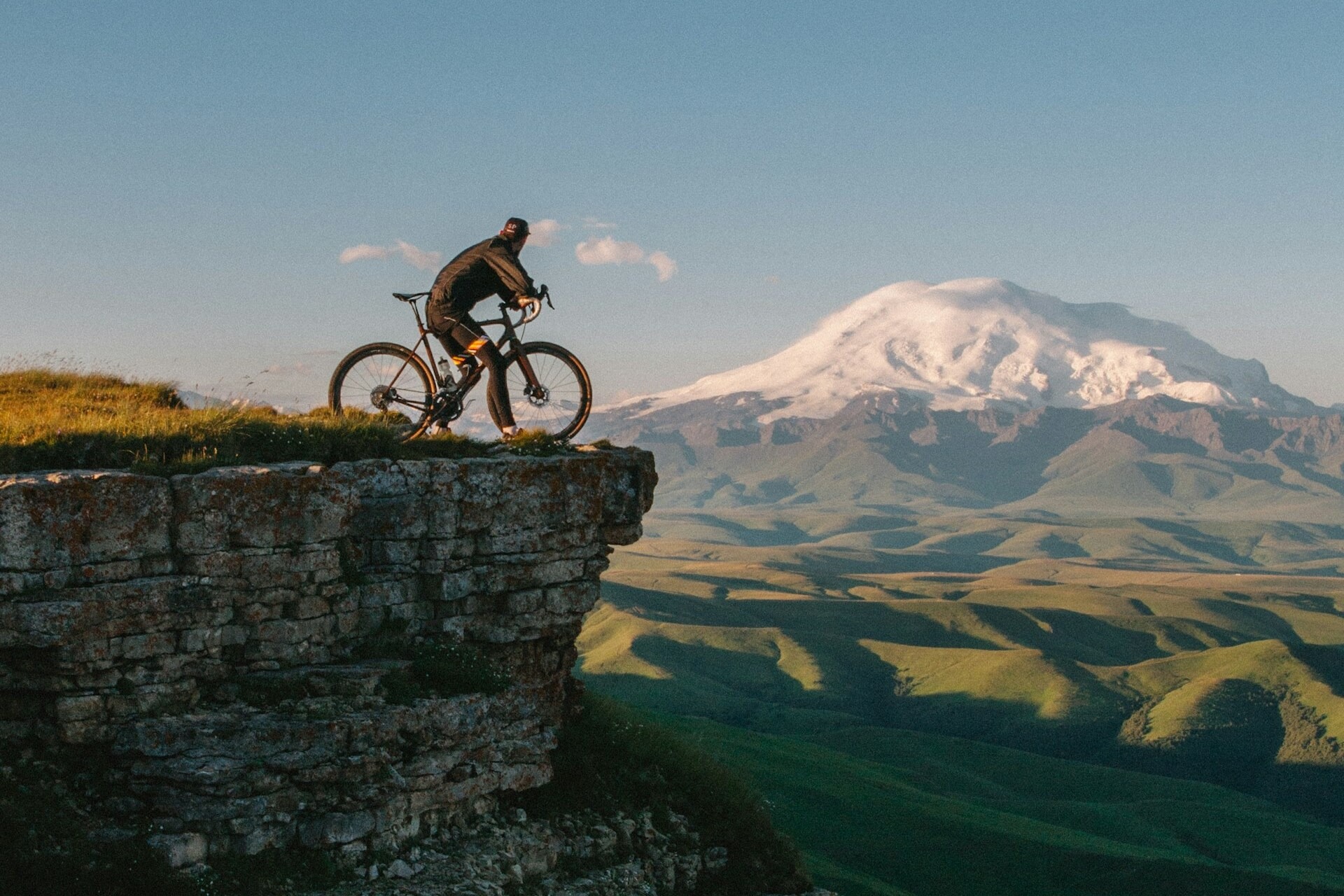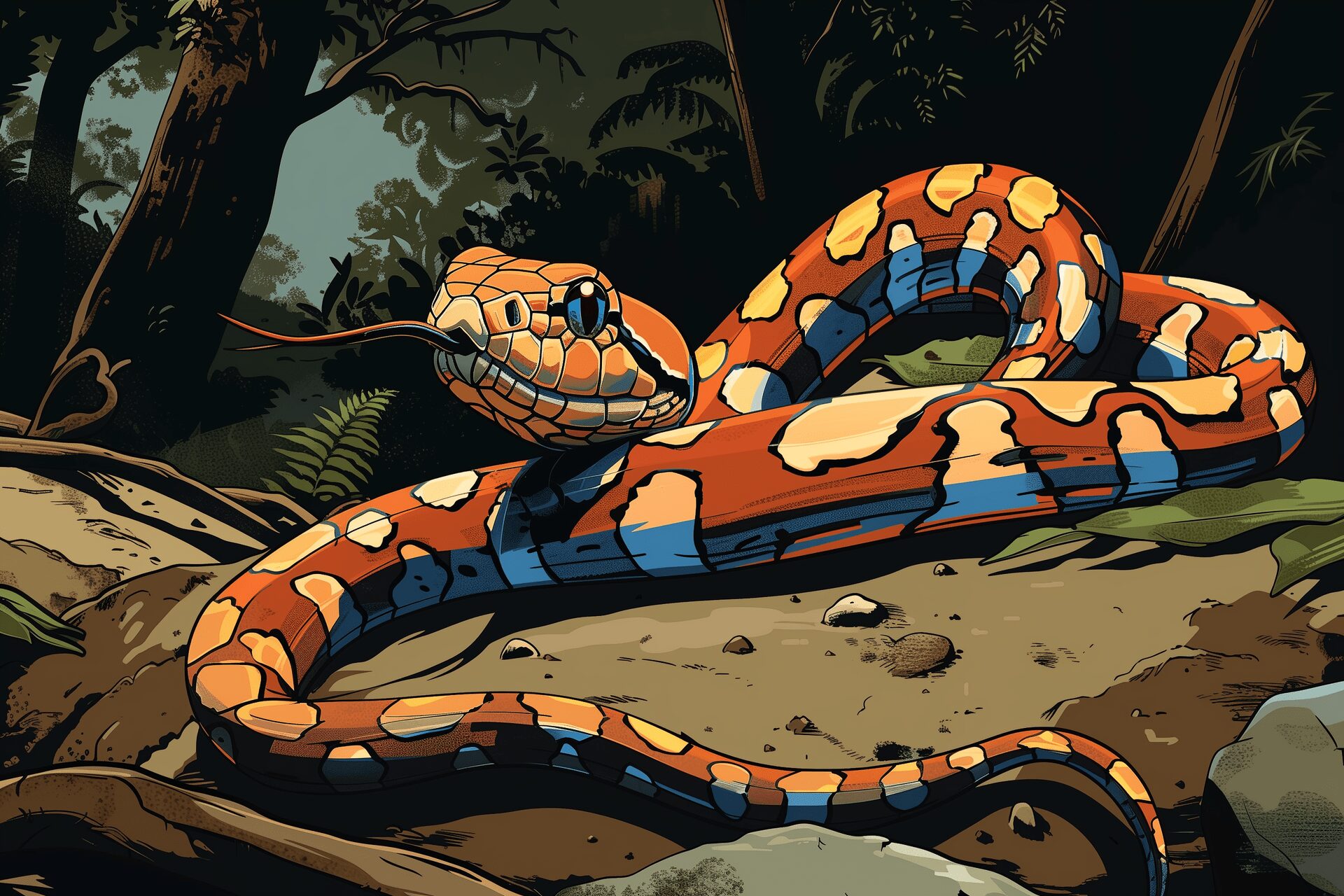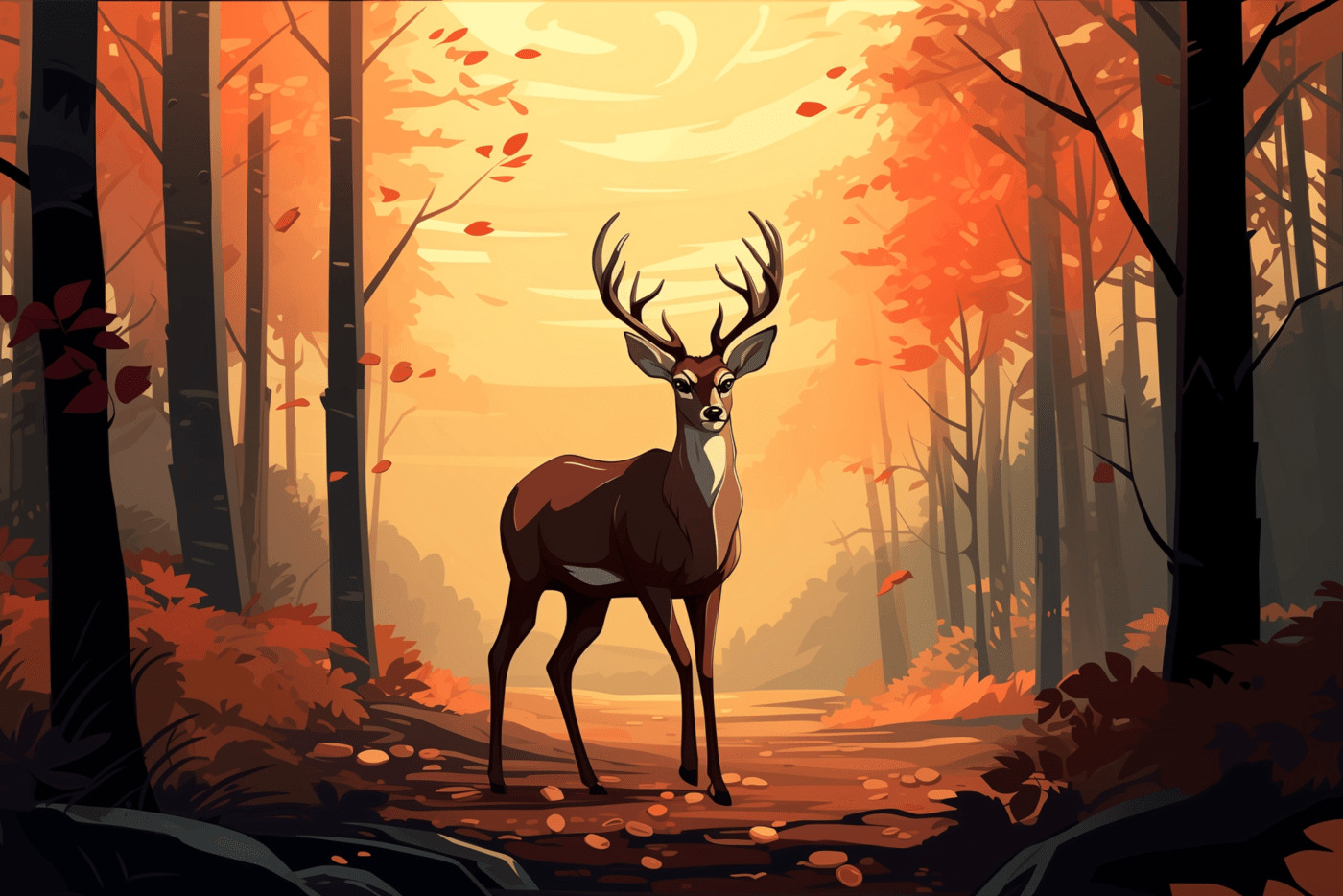
As an Amazon Associate, Modded gets commissions for purchases made through links in this post.
Deer season is underway and field dressing is a skill all new hunters need to learn to get the best quality meat. If you’re going to hunt game, you should be willing to deal with the messy aftermath. The good news is it’s easy to get used to once you do it a few times. Here’s your guide to field dressing your deer.
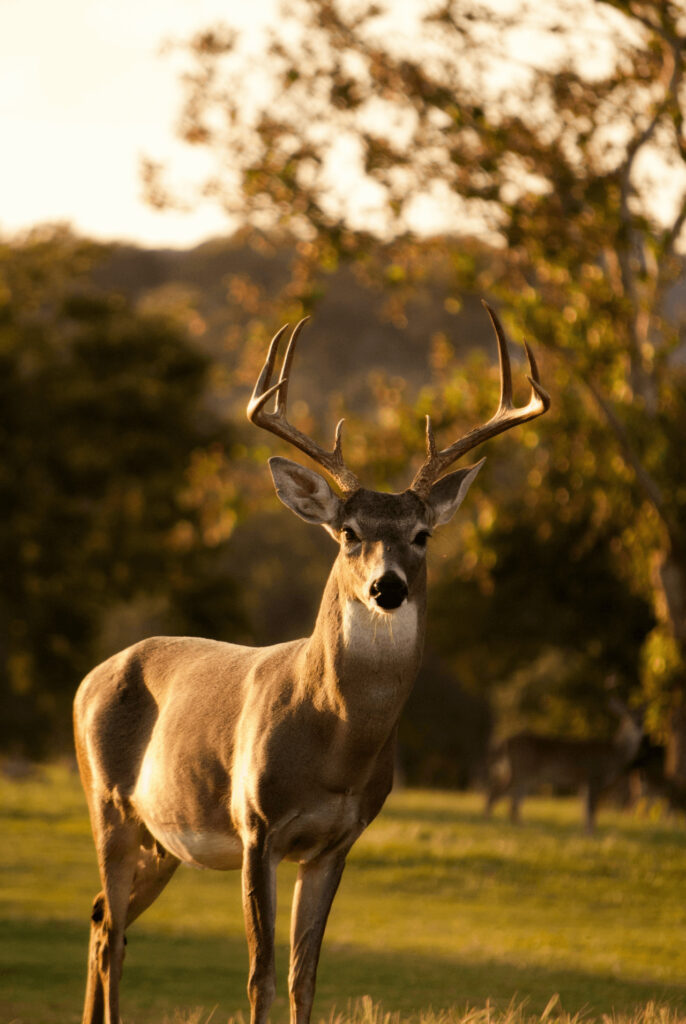
How to Field Dress a Deer
Through the years, hunters developed easy, straightforward ways to quickly get to the meat of their kill. Removing it from the organs and tissue helps preserve the meat and reduces the risk of bacteria contamination.
The Anus
There are a few methods to field dressing your game but the classic begins with the anus. It’s not glamorous but you’ll need to cut around the sphincter a few times to completely separate it from the surrounding tissue. You can use a string to tie off presenting part of the anus to prevent a mess later on.
The Genitals
Another way to begin involves the genital area. Cut around the tissue until you can free the urethra and anus. You can also choose to do this after the initial anus cut or leave it for later. When cutting around the genitals, make sure you know your state’s regulations around proof of sex. Don’t discard any necessary private parts. If you need to, keep it attached on one end.
The Abdomen
After you take care of the more sensitive areas, make a careful incision at one end of the abdomen. You want to get through the hyde and abdominal wall without penetrating the intestines. Pop the guts and you’ll have a noxious mess on your hands– and all around you. Slide your fingers into the incision, sweeping along the abdominal wall to start freeing it from the internal organs. Once you create enough space, you can use a blade or gut hook to complete the separation.

The Chest
Saw open the chest from sternum to neck. After getting through the ribs, you can prop the cavity open to better separate the bones and organs from the surrounding meat. Slice along the sides of the cavity including along the spinal cord. Sever and free the windpipe.
The Organs
Flip the buck on its side and begin with the windpipe. Pull it out, along with any organs that come along. You should be able to maneuver the deer so all of the organs fall out aside from the pelvic region. If any get stuck, you can use a blade to cut the remaining connections carefully.
The Pelvis
Now, it’s time for the leftovers. Gently use your fingers to dig into the pelvis and find the bladder. Like the guts, you don’t want to puncture it. Pull it out before removing the rectum and urethra out from below the pelvic floor. Thanks to the first step, it should be easy and you can trim away any remaining connections.
The Skinless Method
There is a slightly faster way popular with many Western hunters. It involves ignoring the pelvic region on-site and opting to just remove the windpipe, chest, and abdominal organs.
We’re calling this the skinless method since it’s only advisable if you intend to hang your deer without its hide. You’re more likely to taint the meat if you hang it with skin on while the bladder, testes and anus are still inside.
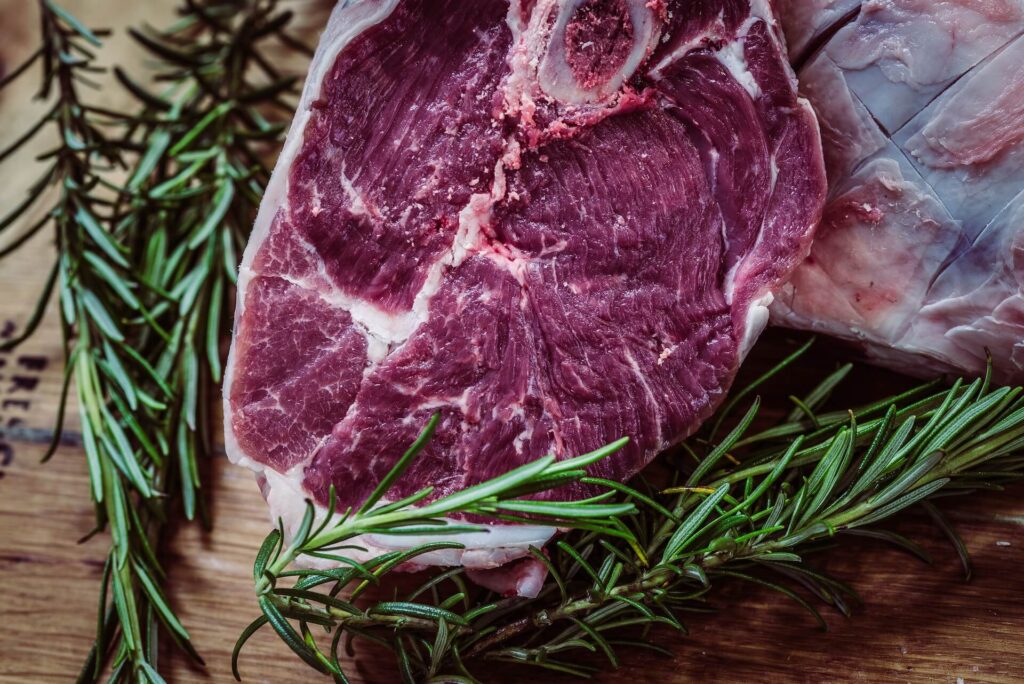
The Gutless Method
This method is exactly as it sounds. You remove the meat without any preparation. It involves a lot of tossing and turning. Doing so allows you to carry less bulk. Just ensure you take any photos ahead of slicing into your game.
You can “unzip” your carcass by slicing the hyde from the collar bone to the tailbone. Don’t cut too deeply or you could accidentally puncture the organs. Once you do, seek out the following cuts of meat:
- Hind Legs
- Brisket
- Ribs
- Shoulders
- Backstrap
- Tenderloins
Once you separate the meat, place it in a breathable bag for transport.
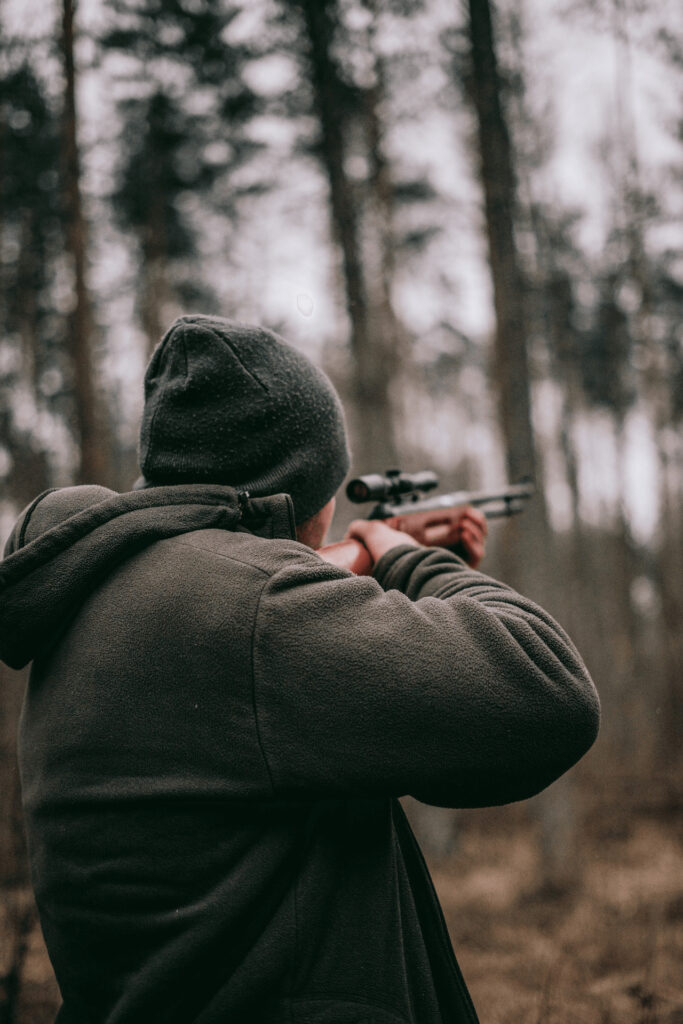
Your Equipment
There are several items that can make field dressing your game easier.
A Sharp Knife
The right knife can make or break your experience. A short or dull blade makes it significantly harder to make clean cuts and causes you to apply too much force when trying to get through the carcass.
Choosing a blade between two and five inches can help you achieve a clean cut, while remaining easy to carry. Dop point profiles are great for splitting bones and can work as a substitute for a hatchet. However, a clip point is also useful. Its flat blade and defined point makes skinning and cutting connective tissue.
Bonus points if you have a knife with a gut hook.
Game Saw
A game saw is also called a bone saw. You can use it for splitting open the pelvis and chest cavity. Many come foldable with a case to keep your items safe.
Try to avoid using the same saw for bone and wood. Using it for wood can dull the saw more quickly. Some saws have interchangeable blades so you can use the same saw for both wood, bones and other purposes.
Disposable Gloves
Elbow-length disposable gloves keep your clothes and skin clean while you field dress your kill. Wearing them helps you avoid deer blood stain removal. Blood can also dry out your skin and pathogens can enter any cuts and cause an infection.
For extra protection, wear a smaller pair of latex gloves underneath them.
Towels
Towels can help keep you and your equipment clean during the process. Paper towels are good for cleaning your hands while thicker ones can wipe blood off of your blades and sharp equipment.
Water
Water also helps you stay clean while field dressing your deer. You can use it to clean your hands and shoes off after field dressing for your game. It is also a quick way to get debris off of your equipment.
Drinking water is also important to have nearby. Field dressing can be physically taxing, especially for a large kill. Staying hydrated is always important when hunting and you don’t want to spend too much of it. Depending on how long you’re out, it’s good to keep anywhere from a half gallon to gallon and a half per day.
Field Dressing Your Deer
If you’re a hunter, there’s nothing like getting a hard-earned prize. Field dressing your deer as soon as possible can keep the meat fresh and delicious.
Stay up to date with the latest by subscribing to Modded Minute.
Author
Jack Shaw is a senior writer at Modded. Jack is an avid enthusiast for keeping up with personal health and enjoying nature. He has over five years of experience writing in the men's lifestyle niche, and has written extensively on topics of fitness, exploring the outdoors and men's interests. His writings have been featured in SportsEd TV, Love Inc., and Offroad Xtreme among many more publications.

